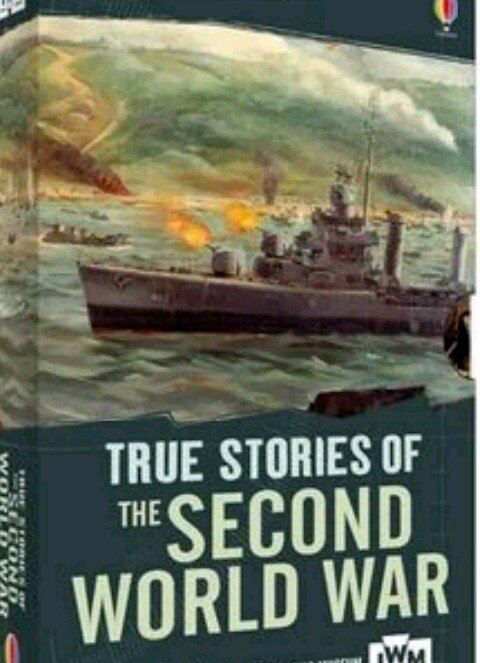n 1936, Charles Lindbergh arrived in Berlin to inspect the Luftwaffe. The visit had been arranged by Truman Smith, an ingenious intelligence officer who knew that Herman Göring, the Nazi air marshal, would find the American aviator’s celebrity irresistible; Lindbergh flew to Berlin with his wife, Anne, as his co-pilot, and then, along with Smith and another officer, spent a few days meeting German pilots, inspecting operations, and even flying several German planes. (The group also had dinner at Göring’s house, where they met his pet lion cub, Augie.) Lindbergh was impressed by what he saw; Göring so enjoyed impressing him that Smith was able to arrange four more visits over the next few years. Drawing on them, Lindbergh sent a dire warning to General Henry (Hap) Arnold, the commander of the U.S. Air Force, in 1938. “Germany is undoubtedly the most powerful nation in the world in military aviation,” he wrote, “and her margin of leadership is increasing with each month that passes.Lindbergh was right to sound the alarm about a German military buildup. But he was wrong about the strength of the the Luftwaffe, which was not as good as he—or the Nazis—believed it to be. It was true that the Germans had more planes than anyone else. But, as the historian Victor Davis Hanson explains, in “
,” the Luftwaffe had a number of weaknesses, some very fundamental. A lack of four-engine bombers, for example, made it hard for Germany to conduct truly devastating long-range strategic-bombing campaigns against enemies overseas. (The Nazis never succeeded in mass-producing an equivalent to America’s B-17 Flying Fortress, which was in the air before the war.) The German Navy had no aircraft carriers, which made air supremacy during naval battles impossible. (In total, the Axis fielded only sixteen carriers; the Allies, a hundred and fifty-five.) Germany had limited access to oil, and thus to aviation fuel, and this constrained the number of missions the Luftwaffe could fly. Unlike the Allies, who excelled at building tidy, concrete runways from scratch as the front shifted, the Germans relied on whatever slapdash rural runways they could find, resulting in more wear and tear on their planes.
In a general way, Hanson’s ideas are reminiscent of the thought of the Austrian economist Friedrich Hayek, who saw the market as a kind of information-producing machine. Buying and selling, Hayek wrote, were a “procedure for discovering facts which, if the procedure did not exist, would remain unknown or at least would not be used.” In National Review Online, Hanson writes that “war is a horrific laboratory experiment that confirms or rejects vague and inexact prewar guesses about relative strength or weakness.” Seeing war as a tragically destructive form of information discovery makes Hanson think differently about peace. The problem with peace is that it obscures the realities of relative military strength; it’s especially important, therefore, for countries to flex their muscles during peacetime. In the present, Hanson favors an aggressive response to North Korea, in large part because it might clear up mutual ignorance about everyone’s capabilities and intentions.
Sadly, a detailed examination of exactly when and how deterrence averts conflict is beyond the scope of “The Second World Wars.” Instead, with an extraordinary array of facts and statistics, the book offers an account of the fatalism of war. Until it begins, war is a matter of choice. After that, it’s shaped by forces and realities which dwarf the individuals who participate.
Imageresource: google.com

Hi! I am a robot. I just upvoted you! I found similar content that readers might be interested in:
https://www.newyorker.com/books/page-turner/a-new-history-of-the-second-world-war
Ok, thanks very much